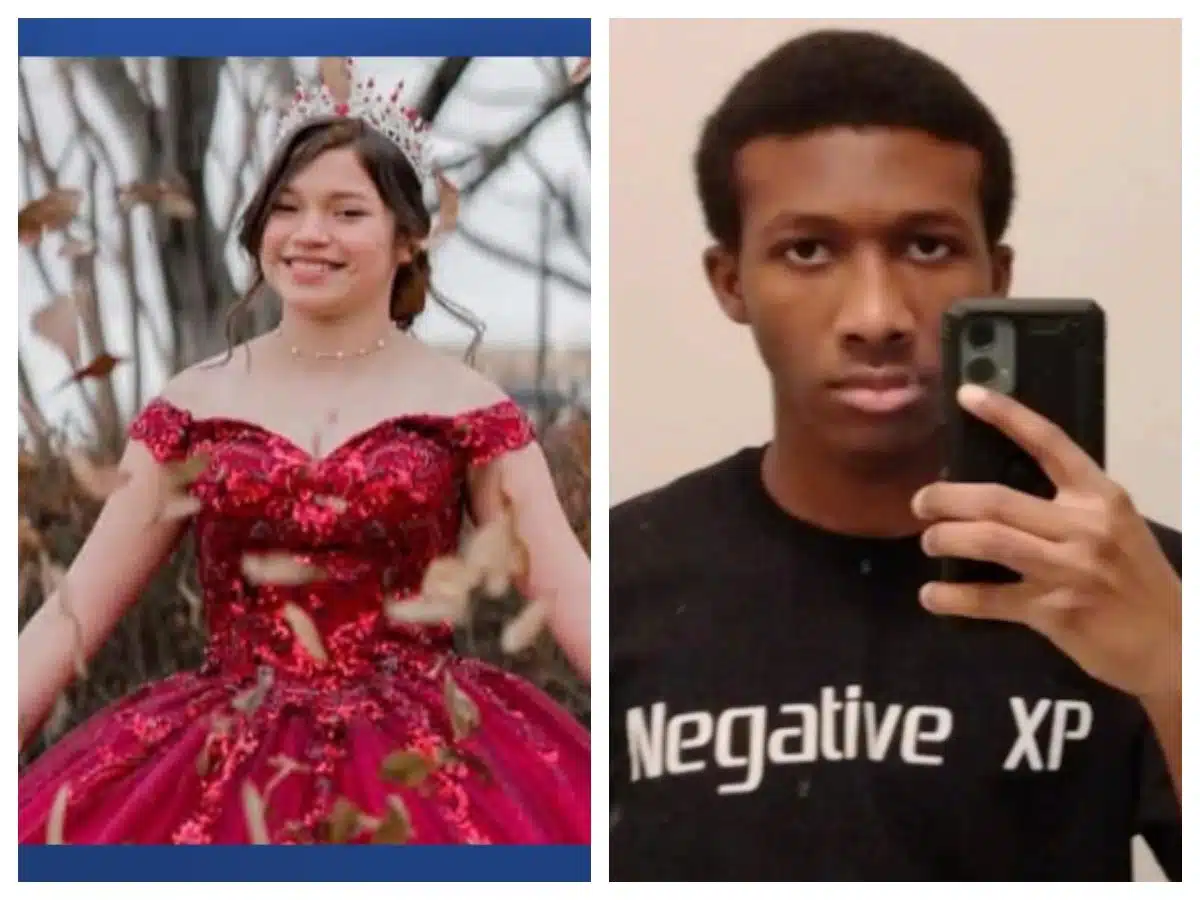In the late 1960s, the Reno nightclub became a pilgrimage to notable African Americans and persons of mixed race in the United States. In 1976, legendary Mohammad Ali was reported to have visited the Reno after he fought Bradford-born Richard Dunn. It is claimed that Reggae legend Bob Marley and Tony Wilson also paid a visit to the Reno.
The Reno was a hub for many of the high-flying revelers and fan lovers who were barred from patronizing white-dominated clubs, according to Manchester’s Finest. The club was opened by a Nigerian by the name of Phil Magbotiwan in 1962 following his brush with racism in his attempt to access white-dominated nightclubs in Manchester, England.
Magbotiwan started the nightclub, which was initially used as a Salvation Army Hostel for African seamen. Before then it was a club called “The Palm Beach” operated by Roland West. As patronage of the facility grew in numbers, it transformed into a 24-hour venture where people of color came to hang out and engaged in fun activities including parties. The building, which also included reggae club the Nile, was on the corner of Princess Road and Moss Lane East. The Reno was downstairs of the building while the Nile Club was upstairs.
The Reno revolutionized nightlife in Manchester and made it a true musical city where black culture and music of African origin were nurtured. Magbotiwan’s objective was to create a space where every individual from all walks of life could pass by to have fun without being reminded of the color of their skin.
It was undoubtedly Manchester’s first racially integrated nightclub. No individual of mixed race visited the Reno and complained of being mistreated or their expectation of having fun not being met, as reported by the BBC. The Reno was the sanctuary for soul lovers and England’s mixed-race community.
The Reno was not a place one freely visited and was hit by boredom. The only requirement that mattered on any night in the Reno was the DJ behind the disk and any music request would be satisfied.
In the 1970s, there were racial barriers erected that prevented persons of African and Asian origin from visiting the city center nightclubs. The emergence of the Reno offered a comforting space where people could patronize and forget about their worries and dance to the cool and hottest records of the time.
One of the notable personalities who weaved a musical mystic around the Reno was DJ Persian who played for seven nights a week at the nightclub for a period of 16 years. He was revered for the special genre of R&B and soul music which is often played for the first time.
The philosophy of Persian music was to play music at down tempo, consciously selected and released to provide some sensual healing to the patrons of the nightclub. As times changed, people’s views of clubbing shifted with the usage of recreational drugs and the demand for more up-tempo music.
The federal authorities became worried and directed the closure of the Reno and eventually demolished the basement club. A recent project was commissioned to excavate what was left of the Reno in 2017 with the thinking of exhibiting it temporarily at the Whitworth Art Gallery. The artifacts of what was left of the Reno were transferred to the Manchester Museum.










